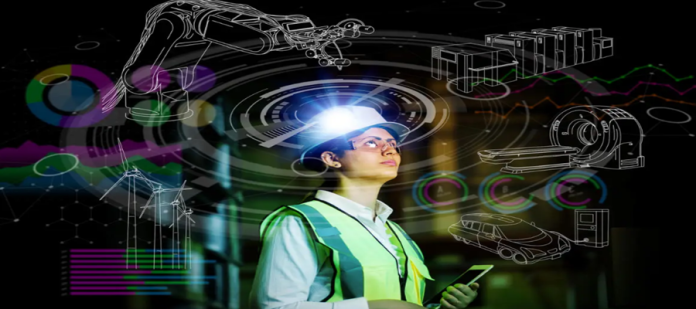A new computer vision technique developed by MIT engineers is set to revolutionize the screening process for electronic materials, significantly speeding up the characterization phase, which has been a major bottleneck. This innovation could dramatically boost the development of high-performance materials for solar cells, transistors, LEDs, and batteries.
Key Advancements
- Speed and Efficiency: The new method characterizes electronic properties of materials 85 times faster than conventional methods. This is achieved through the use of computer vision algorithms that analyze images of printed semiconducting samples.
- Key Properties Analyzed: The technique estimates two critical electronic properties:
- Band Gap: The energy required to activate electrons.
- Stability: The longevity of the material under various conditions.
- Automation and Integration: The technique is designed to be part of a fully automated materials screening system, potentially leading to an autonomous lab setup. This system would continuously make and test new materials based on AI predictions, operating 24/7 until the optimal material is discovered.
- Applications and Benefits: The technique can be applied across various fields, including solar energy, transparent electronics, and advanced transistors. It leverages the richness of hyperspectral imaging data, processed by sophisticated algorithms, to quickly and accurately determine material properties.
Detailed Process
Hyperspectral Imaging: Unlike standard cameras, hyperspectral cameras capture detailed images with 300 colour channels. The first algorithm processes this data to compute the band gap swiftly.
Stability Assessment: The second algorithm uses standard RGB images to monitor changes in the material’s colour over time, correlating these changes to stability.
Research and Development
The technique was developed and tested by MIT researchers, including graduate students Eunice Aissi and Alexander Siemenn, with contributions from their colleagues and international collaborators.
Validation and Accuracy: When compared to manual characterization by experts, the new method showed 98.5% accuracy for band gap estimation and 96.9% accuracy for stability, demonstrating both speed and precision.
Future Outlook
The researchers envision integrating this technique into a fully automated materials discovery pipeline, enhancing the speed and efficiency of developing new electronic materials. This innovation holds promise for significant advancements in renewable energy and electronic technologies.
This breakthrough in computer vision and materials science marks a significant step towards more efficient and rapid development of advanced functional materials, essential for the next generation of electronic devices.
For more detailed information, you can refer to the original study published in Nature Communications.








